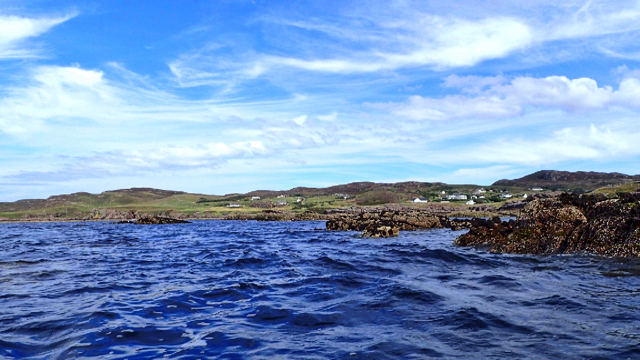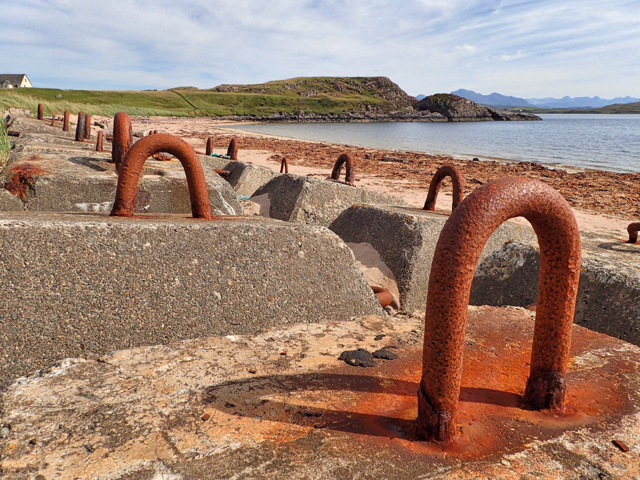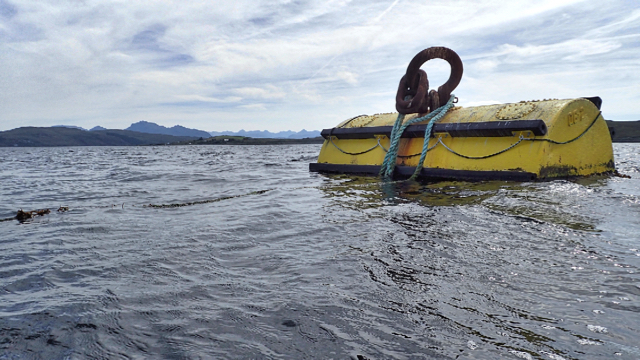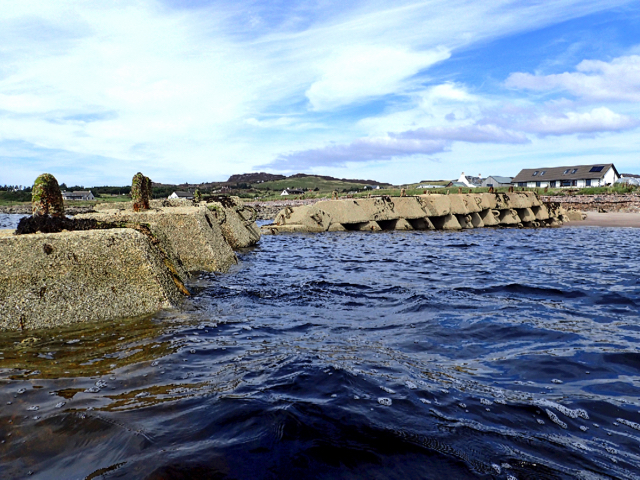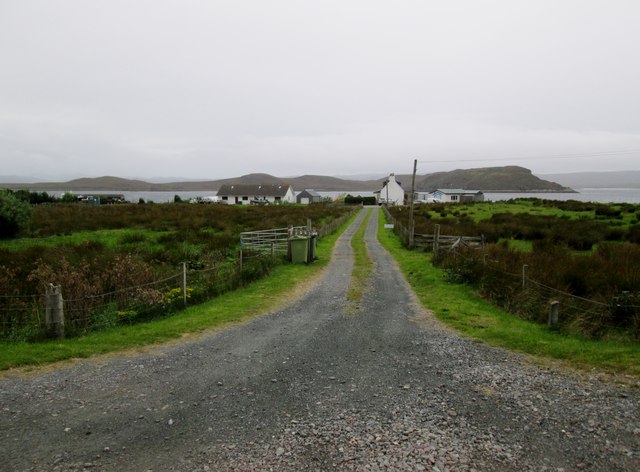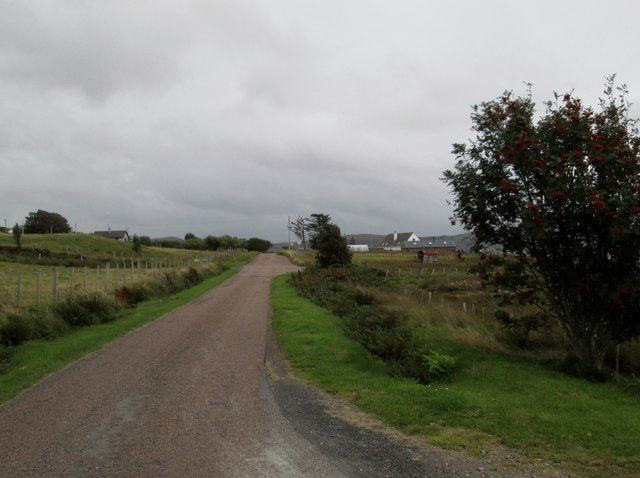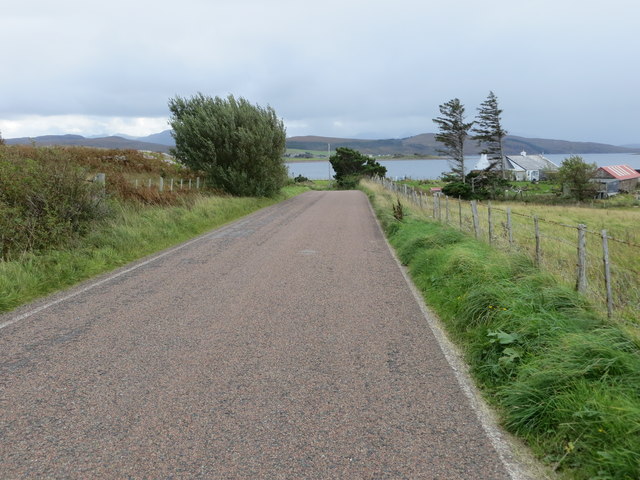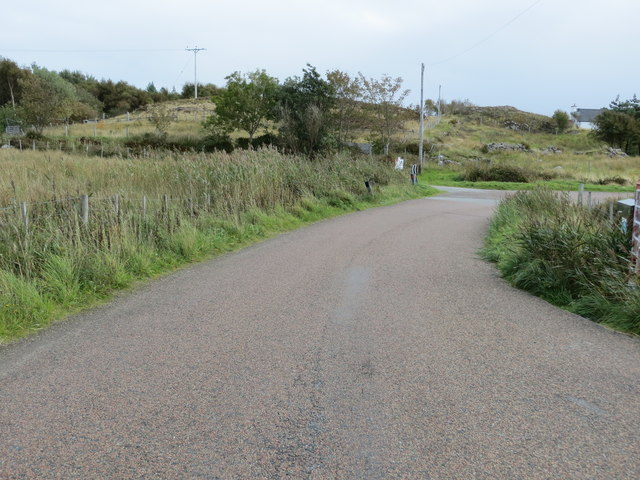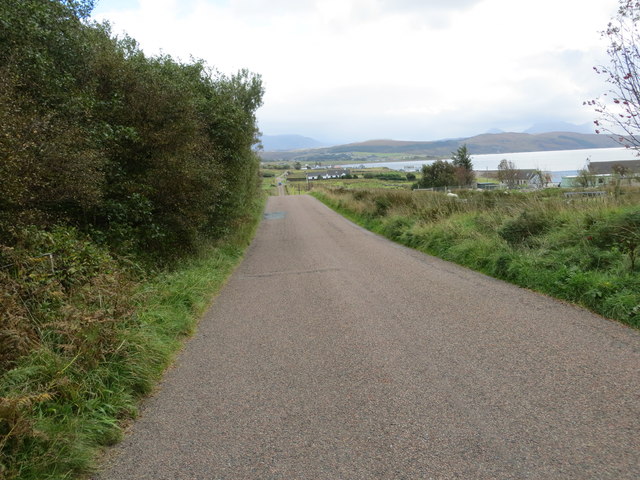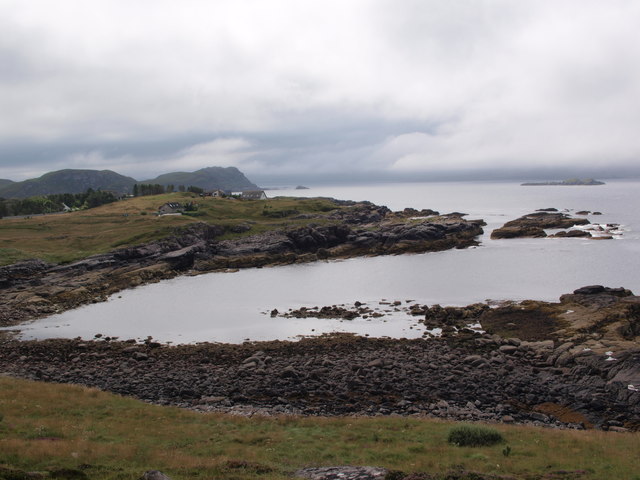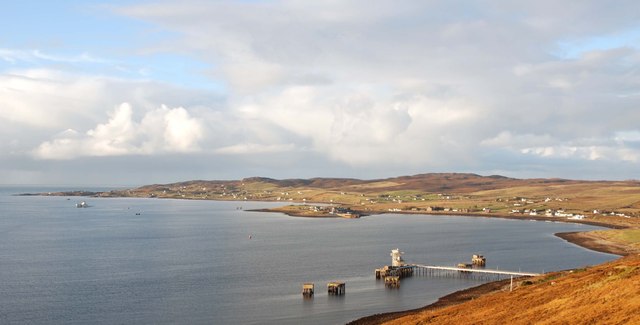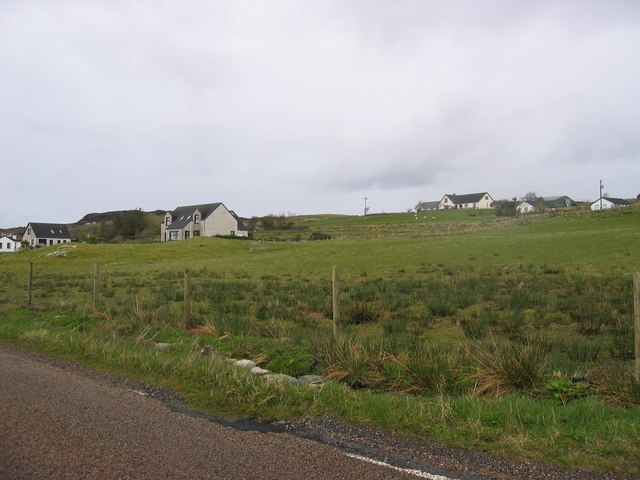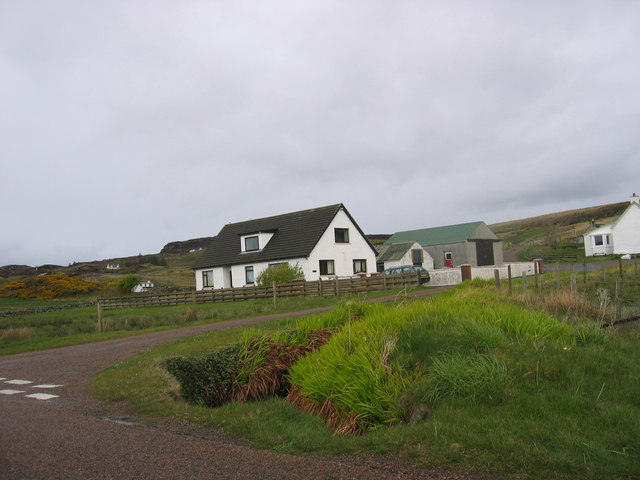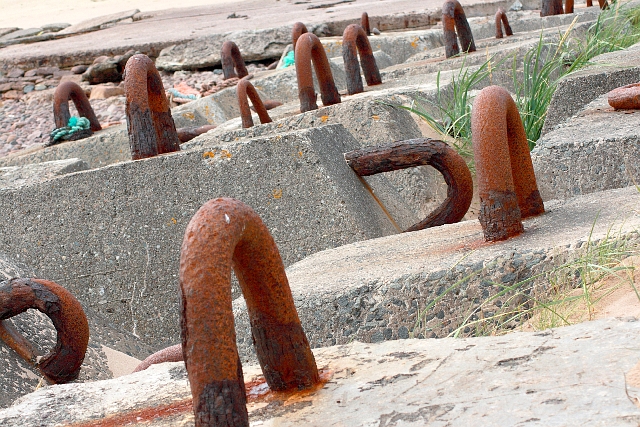Creag Streap
Coastal Feature, Headland, Point in Ross-shire
Scotland
Creag Streap
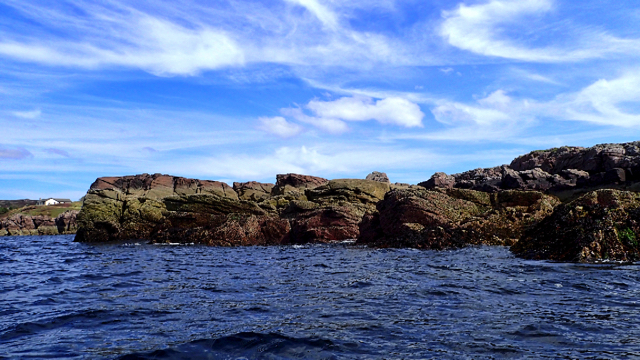
Creag Streap is a prominent coastal feature located in Ross-shire, Scotland. It is classified as a headland, also referred to as a point, which is a narrow piece of land that extends into the sea. Creag Streap stands proudly on the western coast of Scotland, overlooking the North Atlantic Ocean.
This imposing headland is known for its rugged cliffs, rising steeply from the water below. The cliffs are composed of ancient rocks, showcasing layers of sediment and geological formations that have been shaped by the forces of nature over millions of years. Due to its exposed location, Creag Streap experiences strong winds and crashing waves, adding to the dramatic beauty of the landscape.
The headland offers breathtaking panoramic views of the surrounding coastline, with its unspoiled beaches, rocky outcrops, and distant islands dotting the horizon. It is a popular spot for nature enthusiasts, hikers, and photographers who are drawn to its wild and untamed beauty.
Creag Streap is also home to a diverse range of wildlife, including seabirds such as gannets, puffins, and guillemots, which nest on the cliffs. The surrounding waters are teeming with marine life, attracting seals, dolphins, and occasionally whales.
Visitors to Creag Streap can explore the area on foot, following designated hiking trails that lead to stunning viewpoints and hidden coves. The headland is part of a larger nature reserve, ensuring the preservation of its unique ecosystem and offering opportunities for research and study.
In summary, Creag Streap is a striking headland located in Ross-shire, Scotland. With its rugged cliffs, sweeping views, and abundant wildlife, it is a must-visit destination for those seeking the beauty of Scotland's coastal landscapes.
If you have any feedback on the listing, please let us know in the comments section below.
Creag Streap Images
Images are sourced within 2km of 57.844333/-5.6407322 or Grid Reference NG8489. Thanks to Geograph Open Source API. All images are credited.
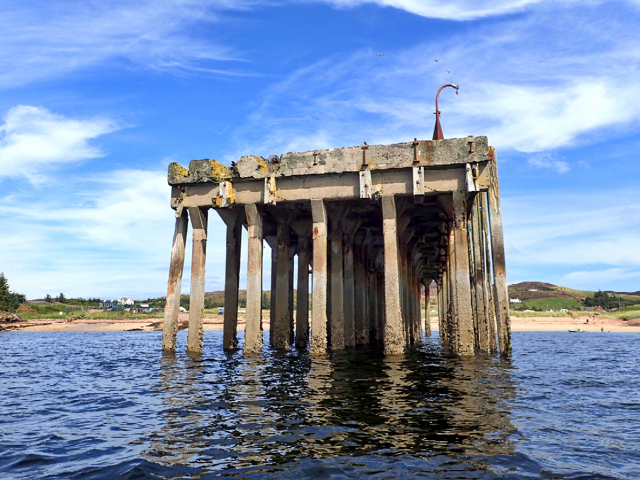
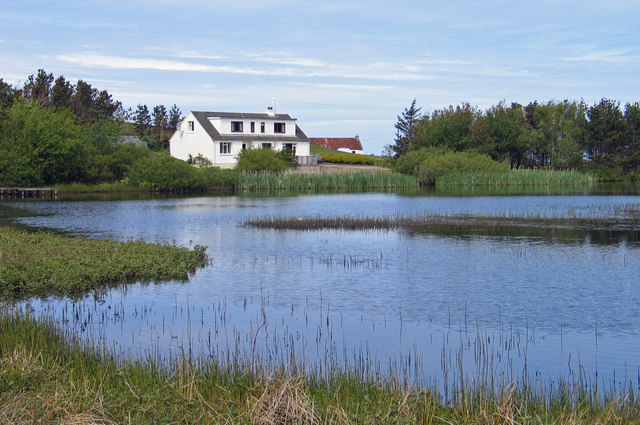
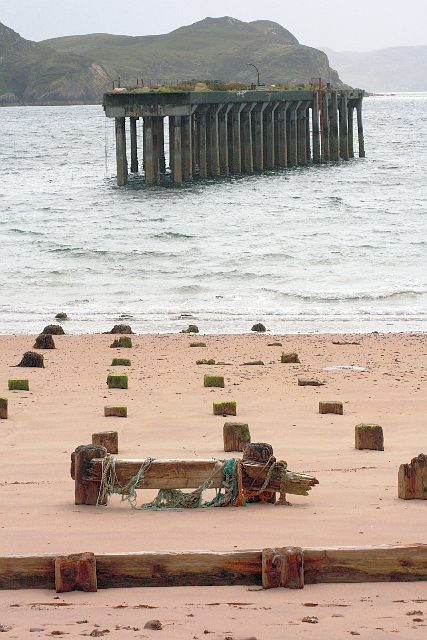
Creag Streap is located at Grid Ref: NG8489 (Lat: 57.844333, Lng: -5.6407322)
Unitary Authority: Highland
Police Authority: Highlands and Islands
What 3 Words
///crafts.boggles.hangs. Near Gairloch, Highland
Related Wikis
Loch Ewe
Loch Ewe (Scottish Gaelic: Loch Iùbh) is a sea loch in the region of Wester Ross in the Northwest Highlands of Scotland. The shores are inhabited by a...
Isle of Ewe
The Isle of Ewe (Scottish Gaelic: Eilean Iùbh) is a small Scottish island on the west coast of Ross and Cromarty. The island is inhabited by a single family...
Mellon Charles
Mellon Charles (Scottish Gaelic: Meallan Theàrlaich) is a remote crofting village on the north east shore of Loch Ewe near Gairloch in Wester Ross, in...
Ormiscaig
Ormiscaig (Scottish Gaelic: Ormasgaig) is a remote crofting village on the north east shore of Loch Ewe in Achnasheen, Ross-shire, Scottish Highlands and...
Aultbea
Aultbea (Gaelic: An t-Allt Beithe) is a small coastal fishing village in the North-West Highlands of Scotland. It is situated on the southeast shore of...
Cove, Highland
Cove is a remote hamlet located on the northwestern shore of the sea loch Loch Ewe, and 8 mi (13 km) northwest of Poolewe in Ross-shire, Scottish Highlands...
Loch Ewe distillery
Loch Ewe distillery in Drumchork near Aultbea in the Scottish Highlands was the smallest legally operated distillery in Scotland. It was set up in 2005...
Inverasdale
Inverasdale (Scottish Gaelic: Inbhir Àsdail) is a hamlet in the Northwest Highlands of Scotland, located by Loch Ewe, in the region of Wester Ross. �...
Nearby Amenities
Located within 500m of 57.844333,-5.6407322Have you been to Creag Streap?
Leave your review of Creag Streap below (or comments, questions and feedback).
